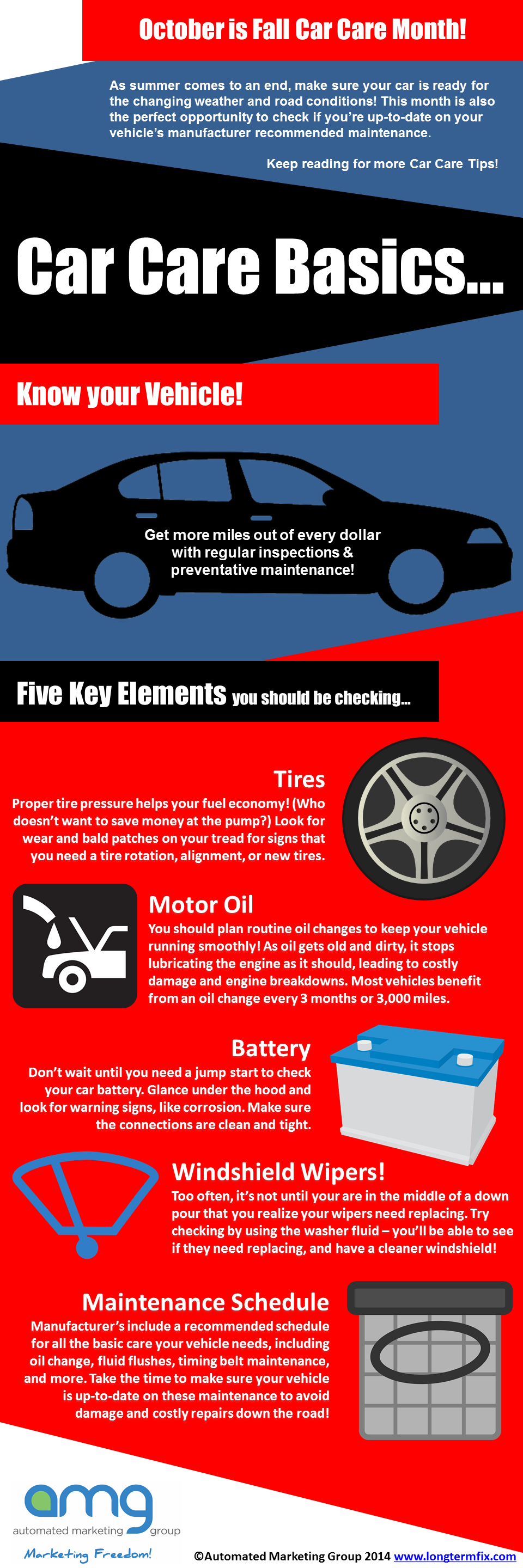Intrigued In Recognizing The Caution Lights On Your Cars And Truck'S Control Panel? Discover Their Value For Your Vehicle'S Security And General Problem
Intrigued In Recognizing The Caution Lights On Your Cars And Truck'S Control Panel? Discover Their Value For Your Vehicle'S Security And General Problem
Blog Article
Web Content Written By-Faulkner Corbett
When you're behind the wheel, those beautiful caution lights on your dashboard can be a bit complicated. Do you understand what they're trying to inform you regarding your vehicle's health and wellness? Comprehending the value of these lights is crucial for your safety and the longevity of your car. So, the following time among those lights turns up, would not you want to analyze its message properly and take the required steps to address it?
Common Caution Lighting and Interpretations
Recognize usual caution lights in your auto and comprehend their definitions to ensure secure driving.
The most typical caution lights include the check engine light, which signals issues with the engine or discharges system. If this light comes on, it's critical to have your automobile inspected immediately.
The oil stress alerting light shows low oil stress, requiring immediate focus to avoid engine damages.
A blinking battery light could suggest a malfunctioning billing system, possibly leaving you stranded if not addressed.
The tire pressure tracking system (TPMS) light signals you to reduced tire stress, affecting automobile stability and fuel performance. Disregarding https://ecu-remapping-near-me62849.techionblog.com/30292775/wanting-to-locate-the-leading-car-service-center-in-your-location-discover-the-leading-10-ideas-that-will-certainly-enable-you-to-make-a-knowledgeable-choice might lead to unsafe driving conditions.
The abdominal light indicates a problem with the anti-lock braking system, compromising your ability to stop quickly in emergencies.
Last but not least, the coolant temperature level warning light warns of engine getting too hot, which can cause extreme damages if not fixed promptly.
Understanding these typical caution lights will help you attend to problems immediately and maintain safe driving conditions.
Importance of Prompt Attention
Recognizing the typical warning lights in your auto is just the initial step; the value of quickly addressing these cautions can't be stressed enough to guarantee your safety on the road.
When a caution light illuminates on your dashboard, it's your auto's means of communicating a prospective problem that needs attention. Disregarding these warnings can lead to much more severe problems in the future, compromising your safety and security and possibly costing you a lot more in repairs.
Prompt focus to advising lights can protect against break downs and crashes. As an example, a flashing check engine light could show a misfire that, if left unattended, might create damage to the catalytic converter. Resolving this immediately can save you from an expensive repair work.
Likewise, a brake system cautioning light could signal reduced brake liquid or used brake pads, essential parts for your safety and security when driving.
Do It Yourself Troubleshooting Tips
If you see a caution light on your dashboard, there are a few DIY repairing suggestions you can attempt before seeking expert assistance.
The initial step is to consult your vehicle's guidebook to comprehend what the details warning light shows. Often the issue can be as basic as a loose gas cap causing the check engine light. Tightening the gas cap might deal with the issue.
Another typical problem is a low battery, which can cause numerous warning lights. Checking the battery connections for deterioration and ensuring they're safe might repair the trouble.
If a caution light lingers, you can try resetting it by disconnecting the vehicle's battery for a few mins and then reconnecting it. Additionally, examining your vehicle's liquid levels, such as oil, coolant, and brake fluid, can help repair advising lights connected to these systems.
Verdict
Finally, comprehending your automobile's caution lights is crucial for maintaining your car running smoothly and safely. By quickly attending to these alerts and knowing what they indicate, you can avoid expensive fixings and prospective failures.
Keep in mind to consult your vehicle's guidebook for particular information on each advising light and do something about it accordingly to guarantee a trouble-free driving experience.
interior car wash educated, remain secure when traveling!
